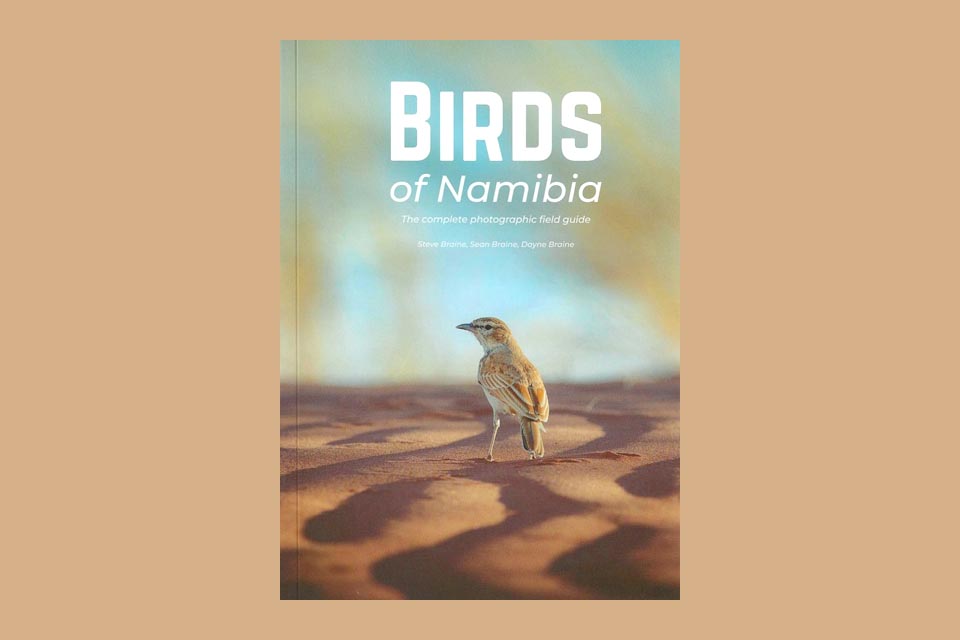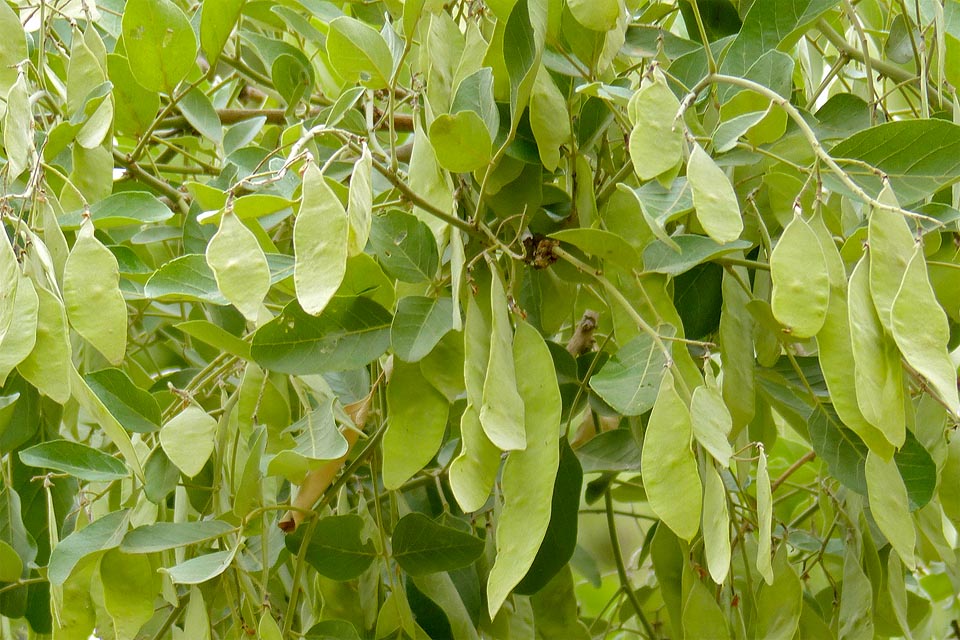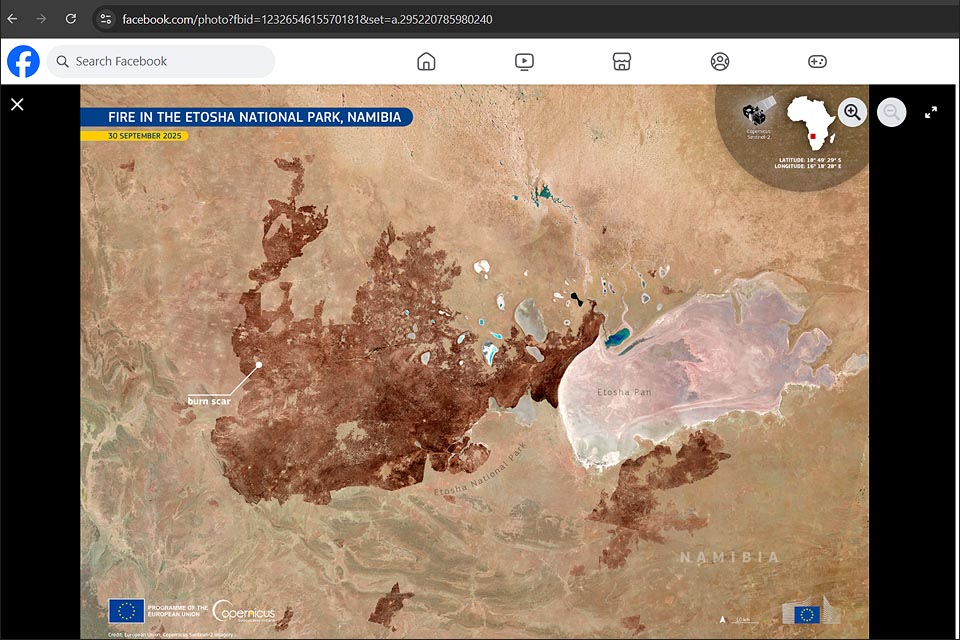It was a misty, grey and cold morning in Walvis Bay at the end of August 2024. The cold water of the Atlantic Ocean is calm. A light breeze can be felt while numerous boats with tourists move towards pelican point, the outer tip of the peninsula, a long sandbar, where the old lighthouse (inaugurated in 1932) is situated and a seal colony is found. Cape fur seals can be seen next to the boats. Some individuals even jump onto the boats and are fed fish as are a few White pelicans.

Suddenly a huge dark head breaks through the water surface and falls back in a splash. Skippers and guides shout and the tourists on board of the boats scan the water in front of them. Again a huge humpback whale lifts itself a third of its body length straight up out of the greenish-grey dark water and splashes back into the depth. People shout in disbelief, excitement and joy! Hardly anybody had expected to see a whale on this misty and grey morning in Walvis Bay, the whale bay! A few more times the whales, there seem to be at least two, blow and dive again, their back and back fin seen above the surface of the water.

Humpback whales can reach a length of 14 (males) and 15 (females) meters and can weigh between 35 and 45 tons. They have the longest flippers of all whales.

Sightings of whales in Walvis Bay and along the Namibian coast are nothing unusual and are becoming more frequent, as the populations slowly increase after having been nearly whipped out during the peak of whaling in the nineteenth century. Humpback whales were an easy target because they were moving close to the coast on their migrations from the summer feeding grounds to the winter grounds. According to the book “Whales and Dolphins of the Southern African Subregion” by Peter B. Best, between 1908 and 1915, an estimated 24700 humpback whales were hunted on the African coast from Congo to Mozambique. This led to the collapse of the populations which moved from the Antarctic region to either the western or eastern side of southern Africa, northwards. Not even full protection, since the 1963/4 whaling season helped the humpback whale population to recover, because there were some nations who continued to hunt humpback whales illegally.

Humpback whales are a protected species by the Marine Resources Act 27 of 2000 and Government Notice 2657 of 2001. How many whales of this species move up the Namibian coast to give birth and mate off the coast of Angola, Congo and Gabon and then moving southwards again at the beginning of summer towards the Antarctic region to feed, is not known. In 2002 it was estimated that between 1594 and 2798 individuals could be in the range, but it was assumed that these figures were under-estimated. 22 whale species are protected by Namibian law in our waters but no records are kept and no official research done.

From time to time whales are washed up on our coast, some of them humpback whales. There a no records available of how many have been found dead on the beaches. Of the many bones found on the beach of the Skeleton Coast are from humpbacks will never be known. These deaths of youngsters, adult females and males is mostly due to natural causes but death through injuries due to ships and whales getting entangled in ropes and nets is increasing not only worldwide but also on our coastline. In October 2022 a humpback whale got entangled in a rope of an oyster farm which was not in use anymore. Luckily the whale could be disentangled from the ghost rope.

Dr Philip “Flip” Stander reported on his Desert Lion Webpage that” During the latter part of June 2024 Humpbacked whales were spotted on four consecutive days in the area of the Hunkap and Hoanib rivers. The whales appeared to be heading in a southern direction.” This would be a very early return to the Antarctic region. Some experts suspect that some whales spend the winter month in the cold Benguela current off the Namibian coast to feed.

Andries Brummer has recently started the Marine Eco Foundation, which is supported by Catamaran Charters and a team of observers. He wants to register daily all whale sightings at Walvis Bay and extend the research on whale sightings along the entire Namibian coast. In August this year humpback whales were spotted every single day at Walvis Bay except for the 19th of August. Three times nine adult whales were spotted, twice eight and once seven. Seven times four adults were observed, six times three and five times only 2. On three consecutive days adults were seen with one calf, the following day two calves and one more calf on the last day of August.

The whale sightings are a valuable tourist attraction and add to the importance of our marine life.
Text and photos by Dirk Heinrich





.png?width=82&height=85&name=Navigate%20Namibia-03%20(1).png)
SUBMIT YOUR COMMENT